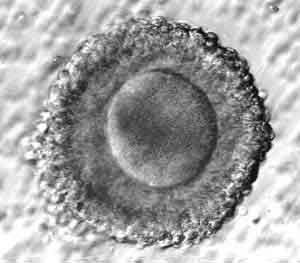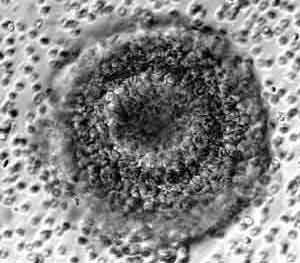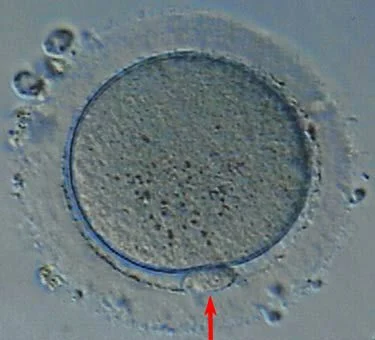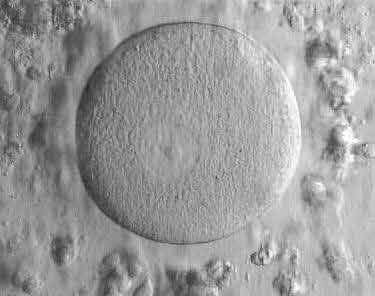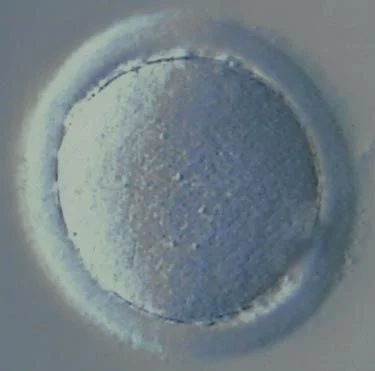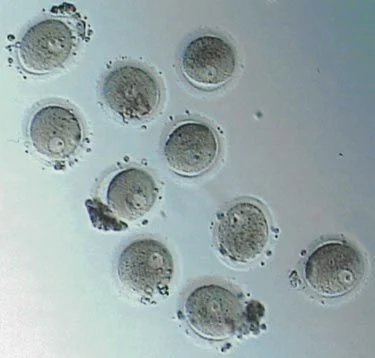Immature IVF Eggs on the Day of Egg Retrieval, What Does it Mean?
Immature Egg Pictures: Advanced Fertility Center of Chicago
What are immature IVF eggs?
Immature eggs at the IVF egg retrieval have not yet reached “meiotic competence”. Meiotic competence is achieved when eggs undergo the first meiotic reduction to the metaphase II stage (“M2”) of meiosis.
- Meiosis is a type of cell division that is involved in production of both sperm and eggs
- The end result of meiosis is halving the number of chromosomes and genetic material
- Then, when sperm and egg combine, the resulting embryo has the proper chromosome number and full component of genetic material
Do immature eggs fertilize with IVF?
No. Immature eggs are not capable of fertilizing. However, sometimes it is possible to have eggs mature in the lab (in vitro maturation) and then fertilize them.
How common is it to have immature eggs?
- Some immature eggs are commonly obtained at IVF
- Usually, about 10-15% of the eggs recovered at the egg retrieval are immature
- Sometimes we see an increased percentage of immature eggs. In rare cases, most (or even all) of the eggs are immature.
- The percentage of immature eggs is expected to be higher when the majority of the ovarian follicles are small at the time of the HCG trigger shot
In some cases, a woman will have a predisposition to giving a high percentage of immature eggs with IVF. In such cases, the IVF ovarian stimulation protocol should be modified to try to recover more mature eggs with any future IVF cycles.
Pictures of Immature and Mature IVF Eggs:
Photo of a very immature egg Corona and cumulus cells are tightly packed around the egg
Same egg, with a higher plane of focus 3-D aspect of egg and its cumulus cells Egg is below the plane of focus. Many red blood cells are seen around the egg
IVF image of a mature egg on the day of egg retrieval We call this the metaphase II, or “M2” stage. The presence of the polar body (red arrow) shows that the egg is mature
Picture of a very immature egg at the “germinal vesicle” stage (“GV”). The germinal vesicle is the circular structure inside the egg at 8 o’clock
Photo of a metaphase I, or “M1” immature egg The absence of a polar body or a germinal vesicle show it to be at the M1 stage This is an intermediate stage – between the GV and M2 (mature) stages
Photo of 10 eggs that are all at the “GV” stage – very immature This patient had other eggs that were mature – and a successful IVF cycle


